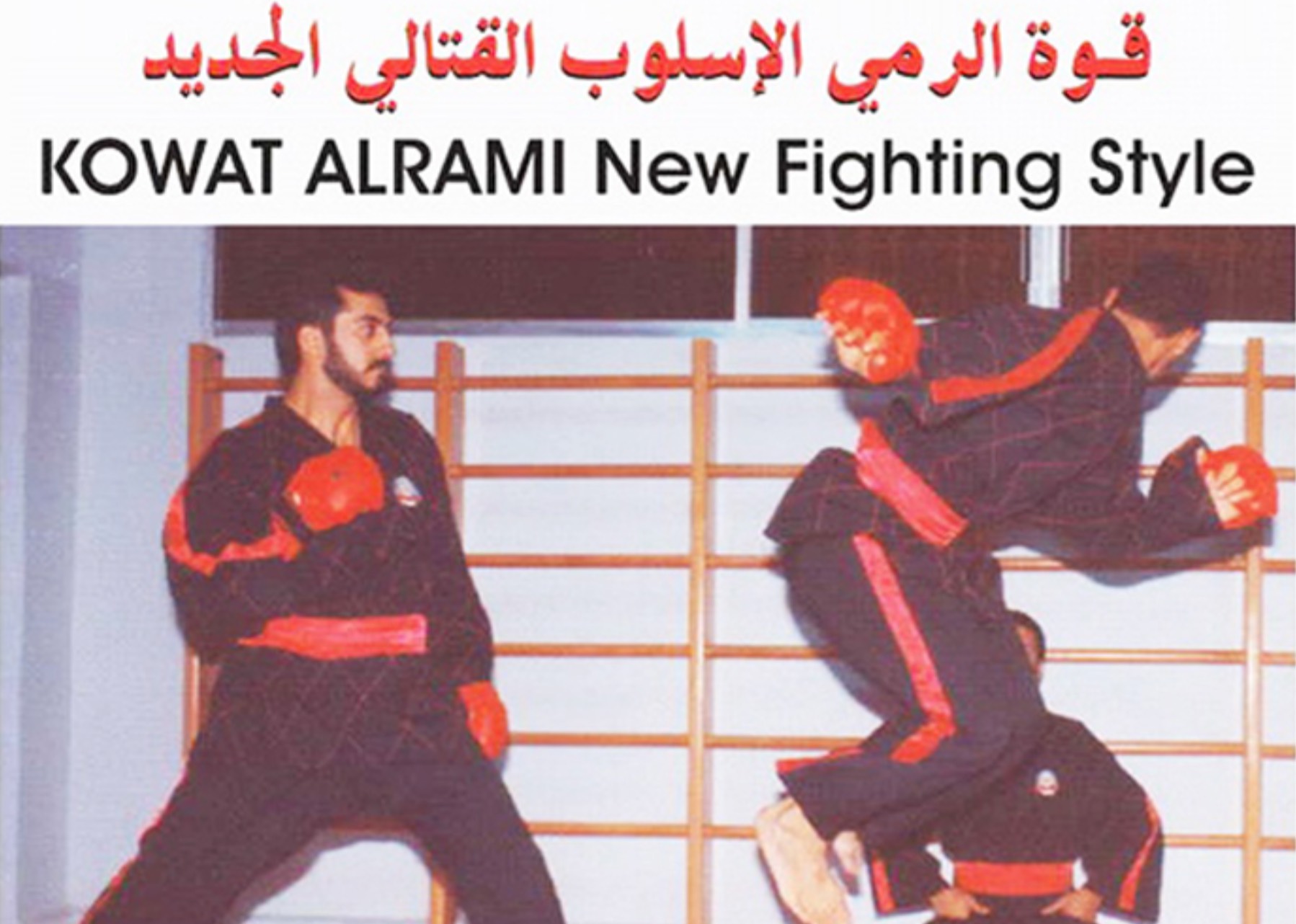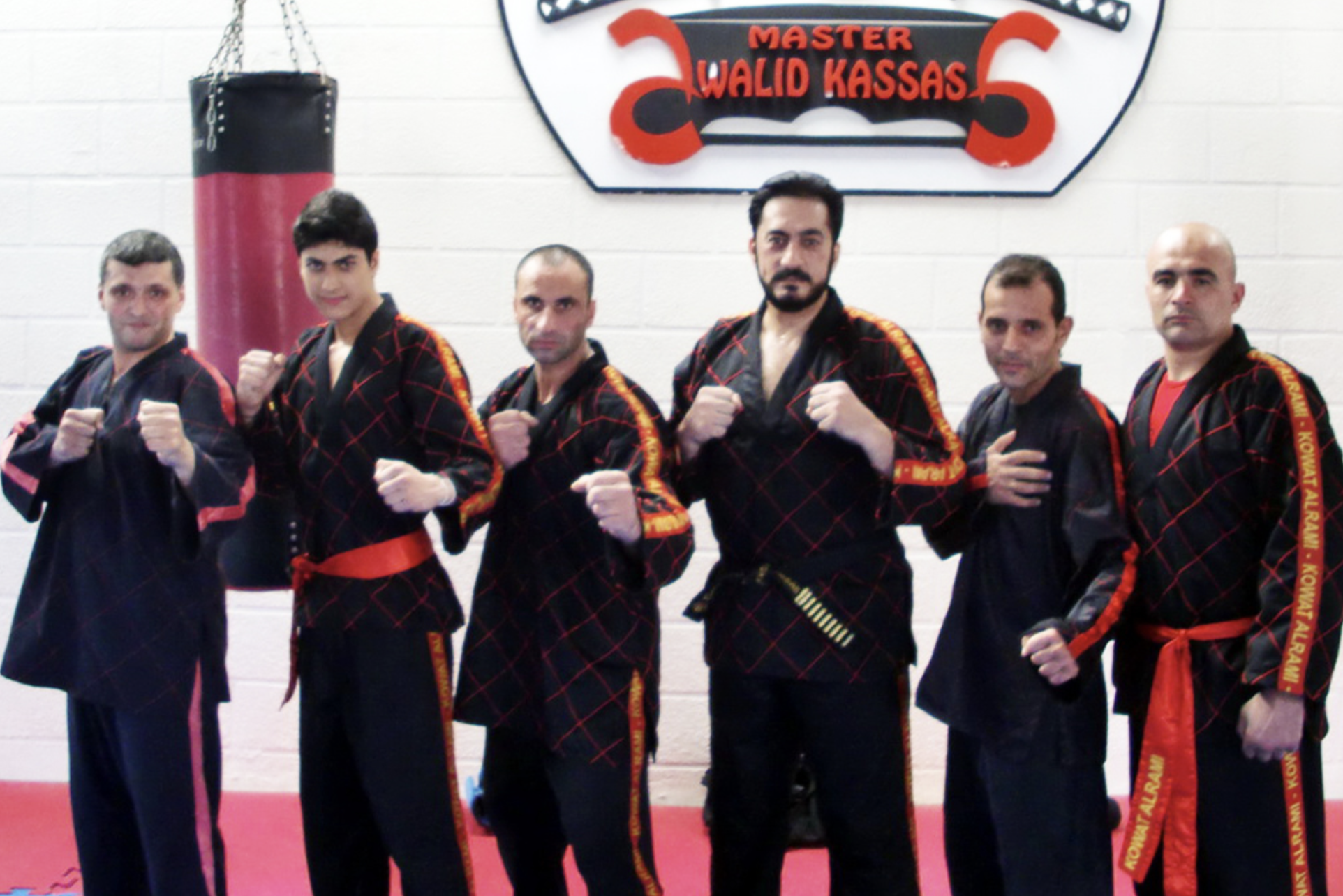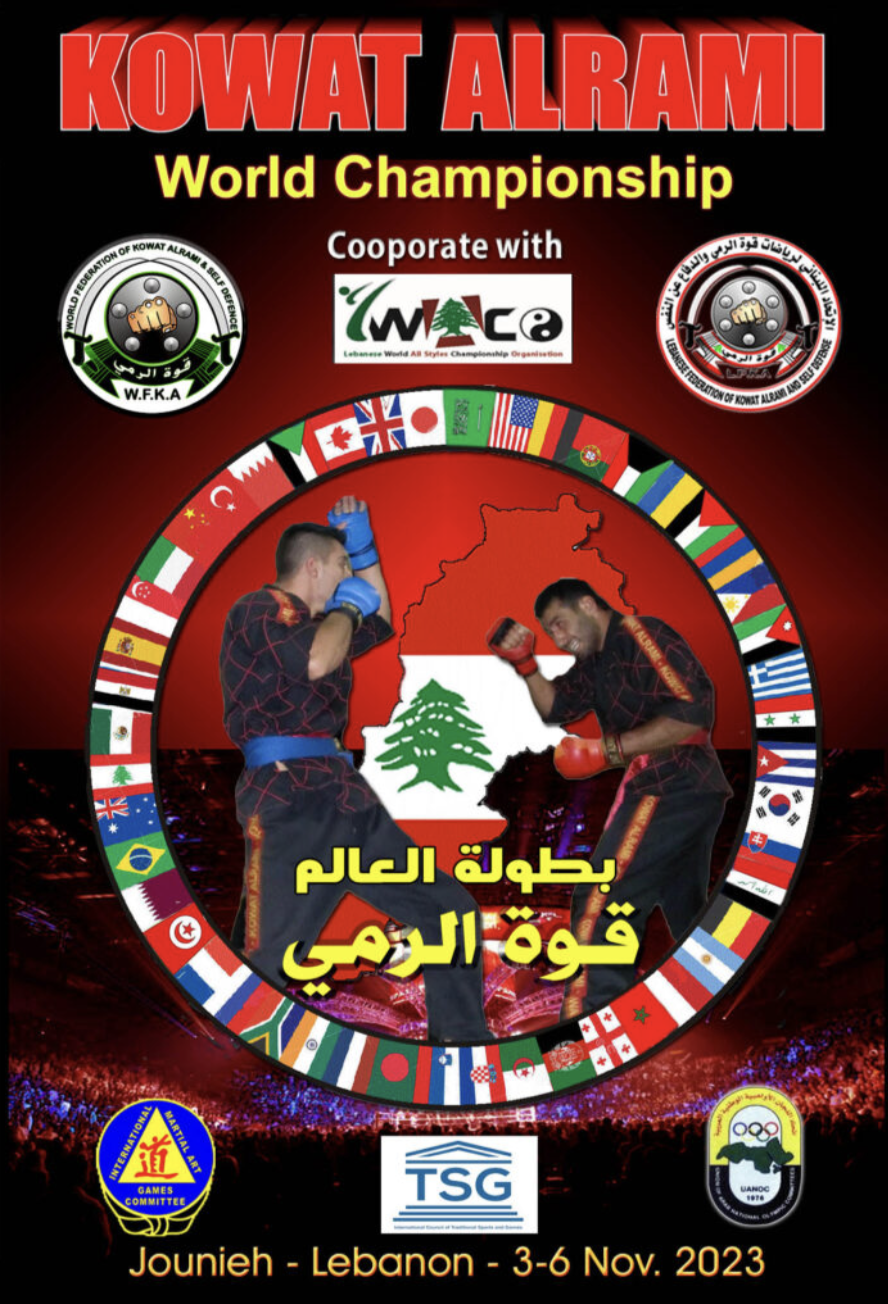Kowat Alrami: The Lebanese Martial Art
If you know a thing or two about martial arts, you’d know that Karate is Japanese, Kung Fu is Chinese, and Brazilian Jiu Jitsu is…well, Brazilian. Did you know that there’s also a Lebanese martial art? Allow us to introduce you to Kowat Alrami.

How and why Kowat Alrami started
In 1980, a sports medicine doctor and martial arts expert, Walid Kassas, created Kowat Alrami in Tripoli. The martial art is aimed at designing a fighting style that reflects traditions in the Arab world, as evidenced by its Arabic name, which translates directly into ‘power of the throw.’ Kassas also teaches the use of the Arab sword. This guy sounds pretty cool!
About the style itself
Different martial arts typically emphasize specific aspects of fighting. Taekwondo focuses on kicks, and Judo centers on throwing. Kowat Alrami aims to combine various elements from the aforementioned tactics, including striking and submission. However, it’s doubtful that it incorporates sumo wrestling elements…

In 2007, the world registration for the martial art was finalized in Italy. This was followed by a dedicated Arab Federation in 2009, and the Olympic Arab national councils adopting the martial art in 2010. An amateur competition was also held in Lebanon last November!

A new take on the grading system
You know that black belt some of us always wanted as kids, but we quit after the first month of lessons? Well, in Kowat Alrami, you can achieve something even cooler. The martial art has a unique grading system where you receive badges for your martial arts suit. The grades are represented by symbols in the following order: the star, the crescent, the moon, the sun, the sword, and the highest level: the fist. Subsequently, you progress with numbers below the fist until you reach the tenth level, akin to the concept of a tenth dan or tenth-degree black belt.

Whether you’re into martial arts or not, Kowat Alrami is so much more than just kicks and punches. Just like China and Japan have martial arts ingrained in their cultures, here, a Lebanese guy crafted Kowat Alrami to be a reflection of our own Arab culture. So, it’s not just a martial art – it’s a slice of Lebanese identity!





